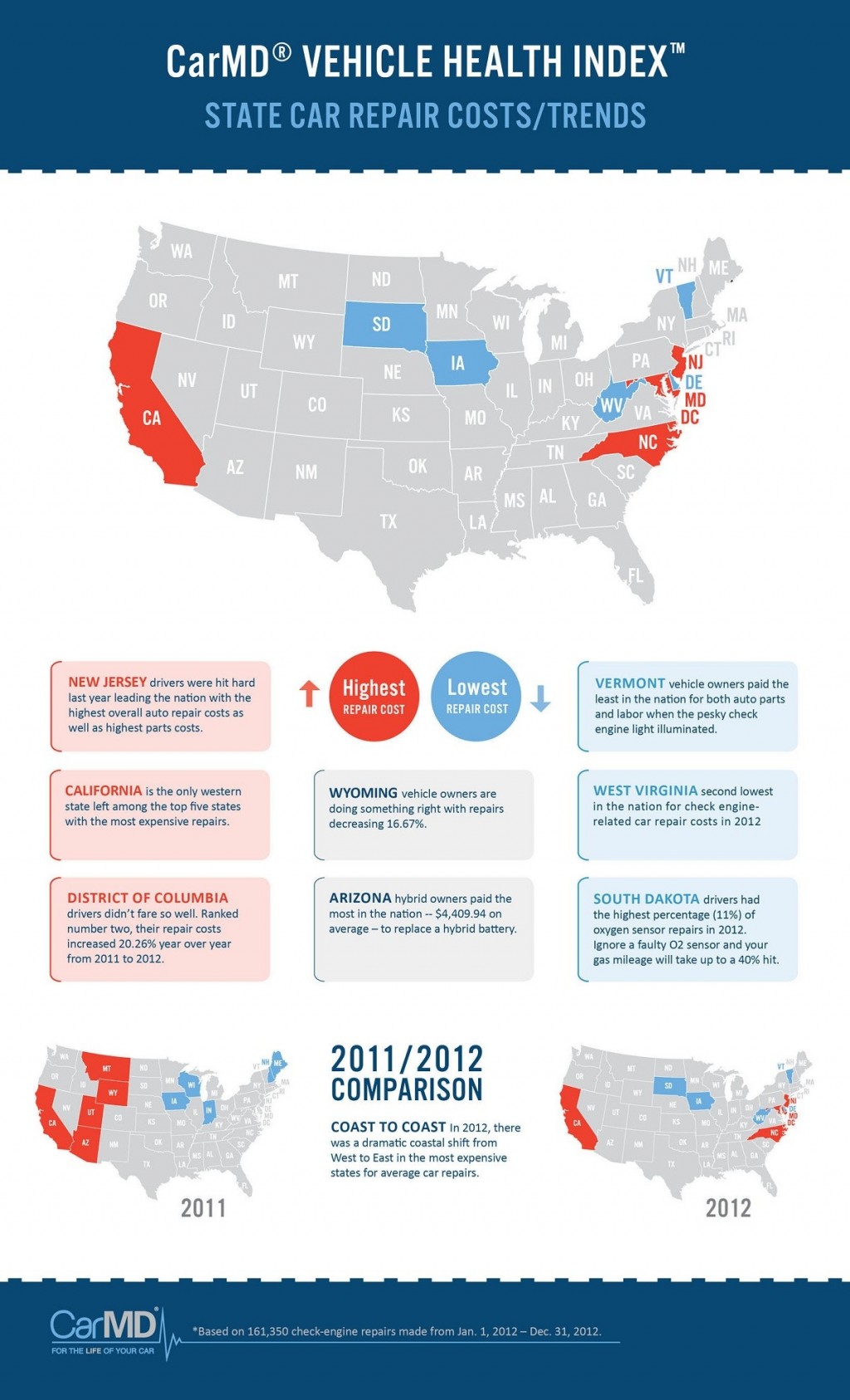Analyzing Your Car'S Alert Lighting: Their Real Implications
Analyzing Your Car'S Alert Lighting: Their Real Implications
Blog Article
Article Writer-Samuelsen Dalgaard
When you're behind the wheel, those radiant warning lights on your control panel can be a bit perplexing. Do you understand what they're attempting to inform you about your vehicle's health? Understanding the significance of these lights is vital for your safety and security and the durability of your lorry. So, the following time one of those lights pops up, would not you wish to analyze its message precisely and take the needed actions to resolve it?
Common Caution Lights and Interpretations
Identify typical caution lights in your auto and understand their definitions to ensure risk-free driving.
The most regular warning lights consist of the check engine light, which indicates concerns with the engine or exhausts system. If this light begins, it's critical to have your automobile inspected promptly.
https://titusnidwq.blogdeazar.com/31227835/the-future-landscape-of-automobile-explaining-essential-patterns-and-emerging-technologies-to-observe cautioning light shows low oil stress, requiring immediate focus to prevent engine damages.
A flashing battery light could recommend a malfunctioning charging system, possibly leaving you stranded if not dealt with.
The tire stress tracking system (TPMS) light alerts you to reduced tire pressure, influencing lorry security and gas efficiency. Neglecting this can bring about unsafe driving conditions.
The abdominal light shows a problem with the anti-lock braking system, compromising your capacity to quit promptly in emergencies.
Last but not least, the coolant temperature level warning light warns of engine overheating, which can lead to serious damage if not fixed swiftly.
Recognizing these typical caution lights will assist you attend to problems without delay and preserve safe driving conditions.
Value of Prompt Focus
Understanding the usual warning lights in your vehicle is only the initial step; the significance of quickly addressing these cautions can not be stressed sufficient to guarantee your security when driving.
When a caution light illuminates on your control panel, it's your vehicle's way of connecting a possible problem that needs attention. Disregarding these warnings can cause much more extreme problems in the future, jeopardizing your safety and security and possibly costing you extra out of commission.
Trigger attention to alerting lights can avoid failures and mishaps. For example, a flashing check engine light might suggest a misfire that, if left ignored, could cause damage to the catalytic converter. Addressing this promptly can save you from a pricey repair service.
Similarly, a brake system advising light might signify low brake liquid or worn brake pads, important elements for your security when driving.
Do It Yourself Troubleshooting Tips
If you notice a caution light on your dashboard, there are a couple of do it yourself troubleshooting suggestions you can try before looking for specialist aid.
The initial step is to consult your automobile's manual to understand what the specific caution light shows. Sometimes the concern can be as straightforward as a loose gas cap activating the check engine light. Tightening up the gas cap might deal with the problem.
Another common concern is a reduced battery, which can activate different warning lights. Examining the battery links for rust and guaranteeing they're secure might fix the problem.
If a warning light continues, you can try resetting it by disconnecting the car's battery for a few minutes and afterwards reconnecting it. Additionally, checking your vehicle's fluid levels, such as oil, coolant, and brake fluid, can help repair alerting lights related to these systems.
Final thought
In conclusion, comprehending your car's warning lights is vital for maintaining your car running efficiently and safely. By promptly addressing washing and detailing a car and knowing what they indicate, you can avoid costly fixings and possible failures.
Remember to consult your vehicle's manual for particular information on each alerting light and act accordingly to make certain a hassle-free driving experience.
Remain informed, stay secure when traveling!
